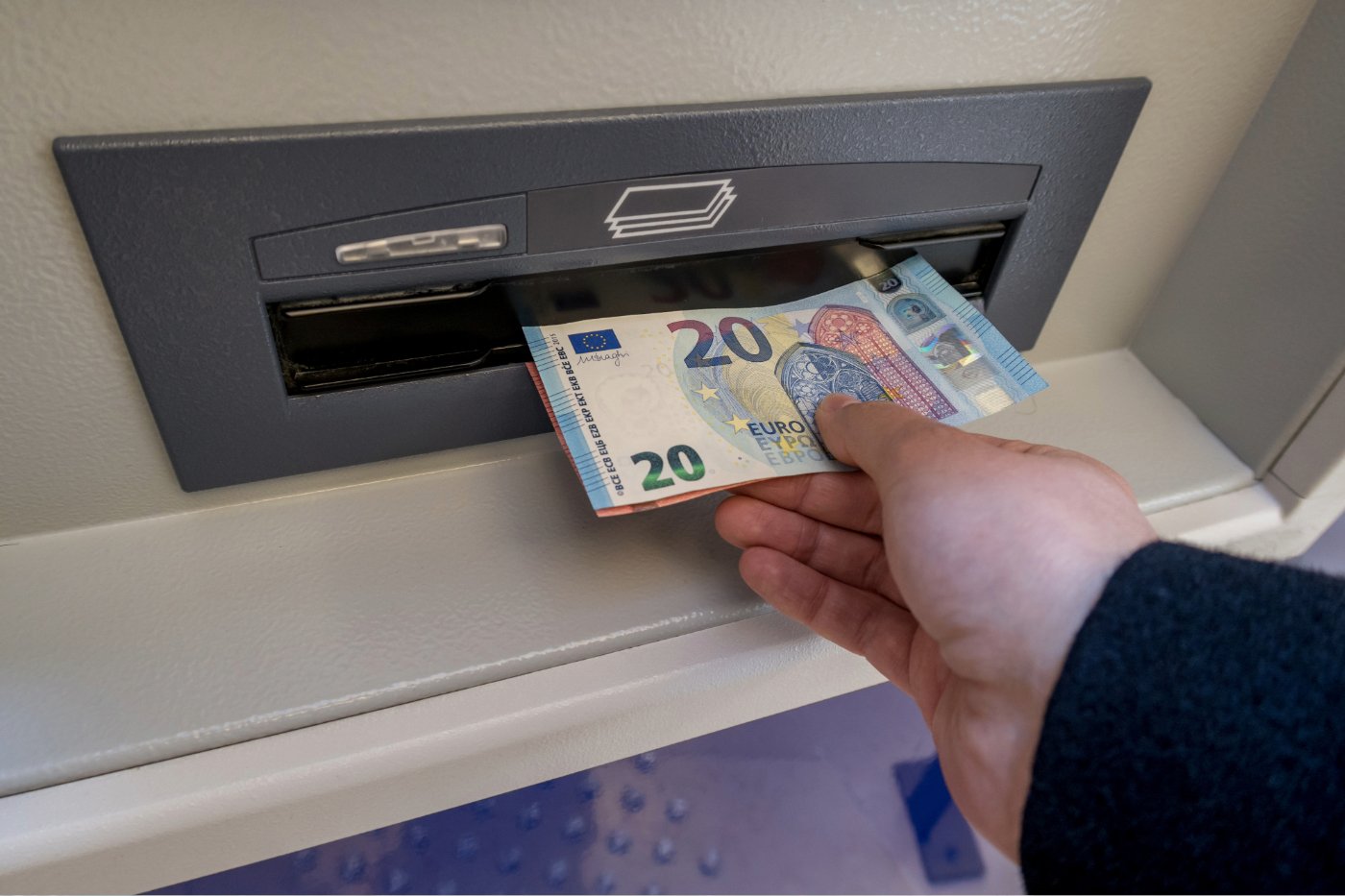This functionality, still unknown to the general public, represents a significant advance in the flexibility of banking services and could well revolutionize our financial habits.
A practical solution for emergency situations
Who has never experienced this stressful situation: you are about to pay for a purchase and you realize that you have forgotten your bank card? Or worse yet, your card is defective or has been swallowed by an ATM? It is precisely to respond to these situations that certain banks have developed cardless withdrawal solutions.
Banque Populaire, for example, offers a service called “SM@RT’retrait”. Crédit Mutuel, for its part, has implemented “e-withdrawal”. These services allow customers to generate a unique code via their banking application or online customer area, which they can then use to withdraw money from an ATM.
How does it work in practice?
The process is relatively simple. Let’s take the example of the Banque Populaire’s “SM@RT’retrait” service:
- The customer first activates the option with his BPCE advisor.
- He then connects to his bank’s mobile application.
- He chooses the account to be debited, defines the desired amount and selects the withdrawal date.
- A unique number is generated, which will serve as the distributor’s access key.
The principle is similar for the Crédit Mutuel “e-withdrawal” service. In both cases, the customer receives a code by SMS which he must use at the distributor in addition to his usual PIN code.
Restrictions to be aware of
Although convenient, these services have certain limitations. First of all, they generally only work on the issuing bank’s ATMs. A Banque Populaire customer will therefore not be able to use SM@RT’withdrawal at a Crédit Mutuel ATM, for example.
Additionally, withdrawal amounts are often capped. At Crédit Mutuel, for example, withdrawal is limited to 200 euros. It is also important to note that the generated code has a limited validity period, usually 48 hours.
While these new services offer increased flexibility, they also raise security questions. Banks ensure transactions are secure through the use of unique and temporary codes, but it is crucial that users remain vigilant and protect access to their banking application.
Towards a generalization of the service?
This innovation is part of a broader trend of dematerialization of payment methods. As more and more consumers use their smartphones to pay for their purchases via mobile payment, cardless withdrawal appears to be a logical extension of these new uses.
For the moment, only a few banks offer this type of service in France. However, given the enthusiasm generated by this innovation and the growing demand for flexibility from customers, it is likely that other banking establishments will follow suit in the months to come.
Withdrawal without a bank card therefore represents a significant step forward in the evolution of banking services. It offers a practical solution for emergency situations and adapts to new consumption habits. Although this service still has some limitations, it perfectly illustrates how the banking industry is transforming to meet the changing needs of its customers in the digital age.
🟣 To not miss any news on the WorldOfSoftware, , .











